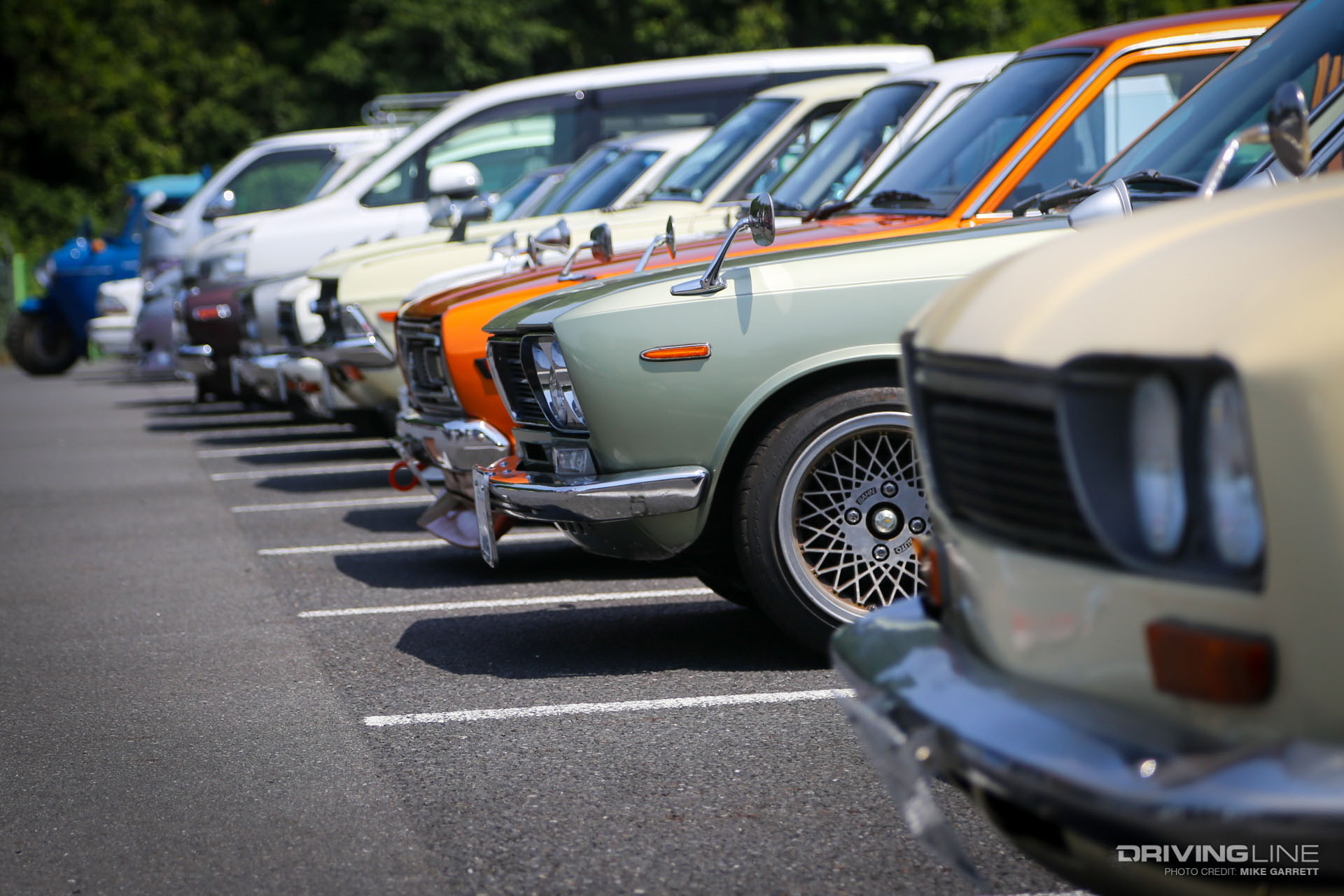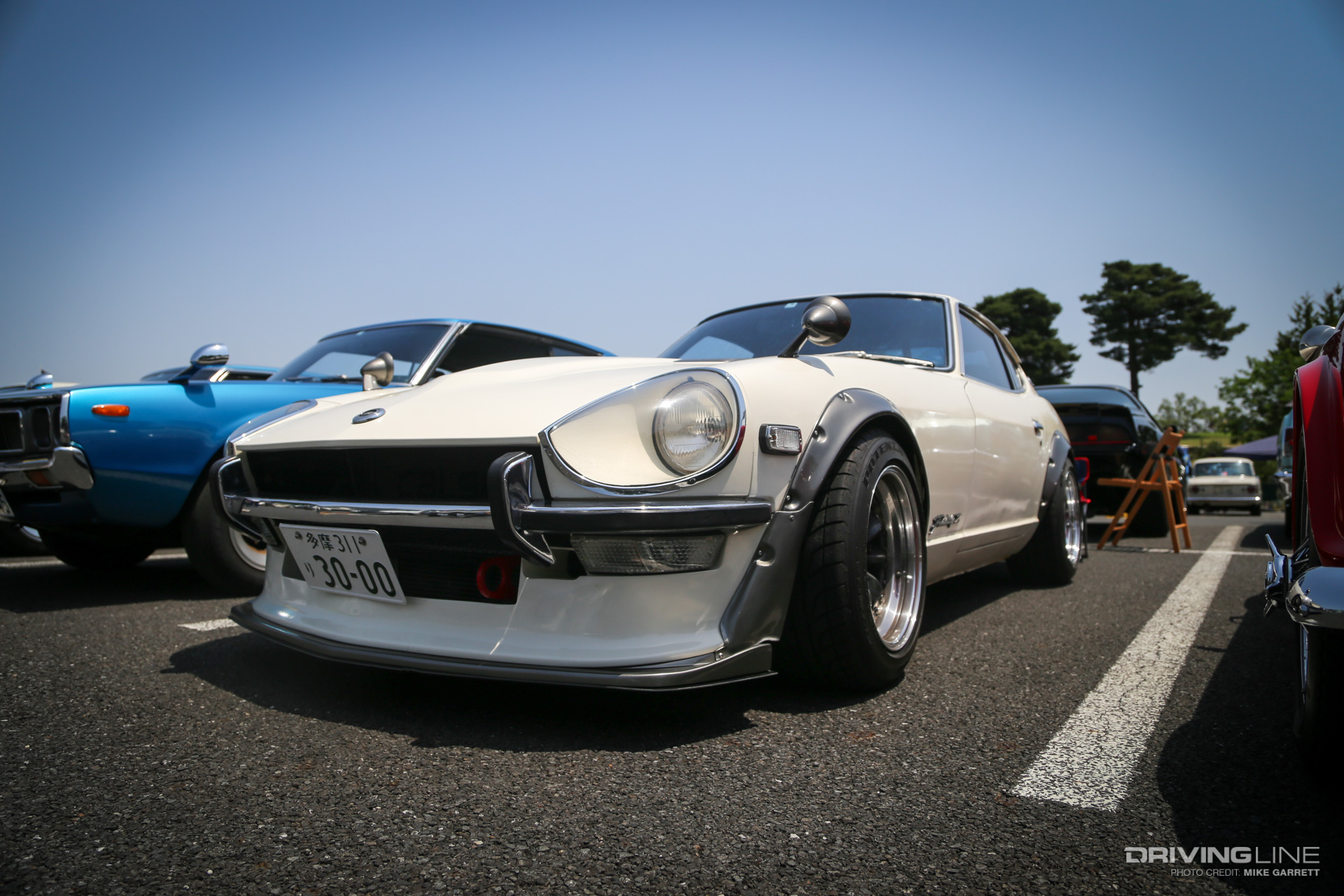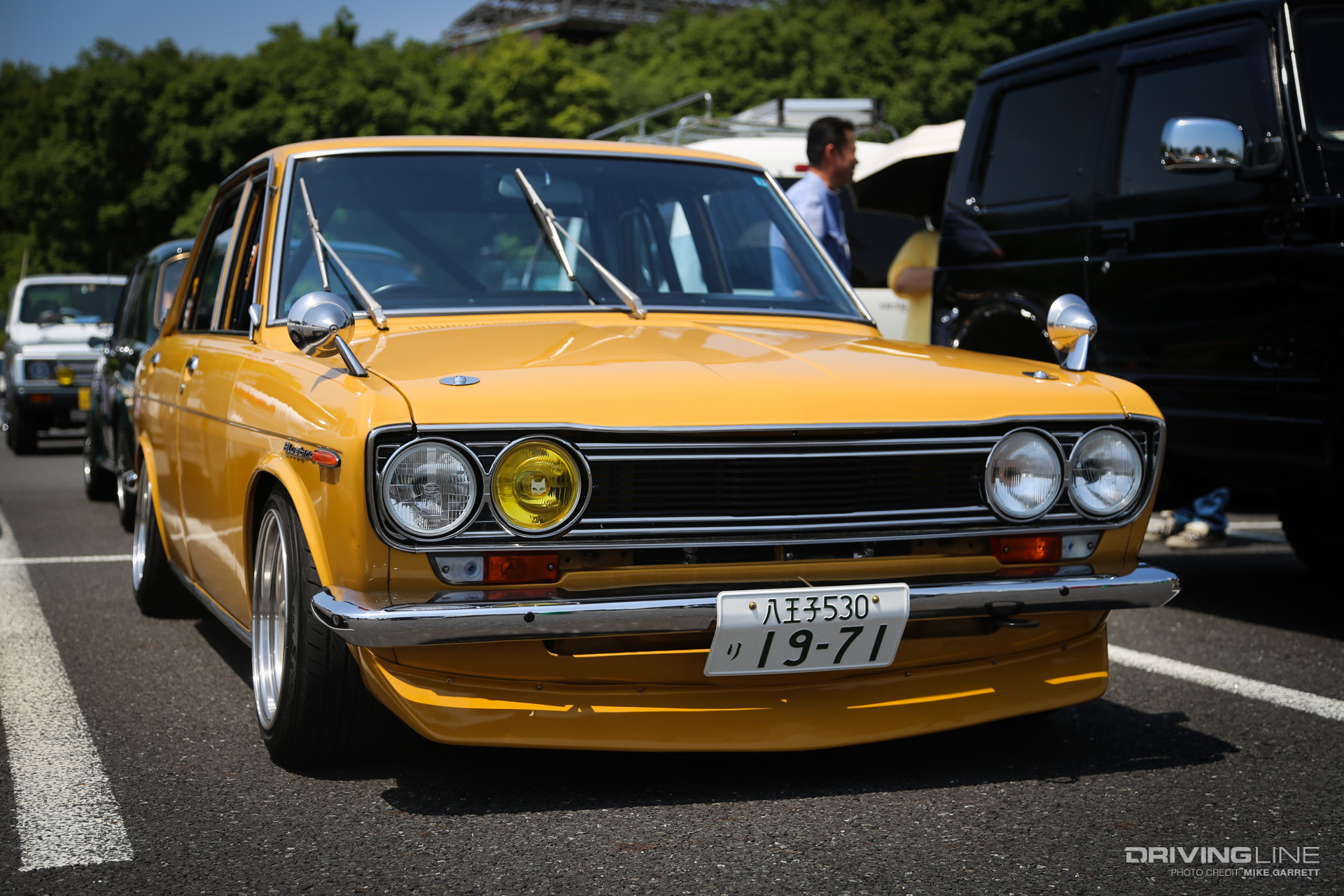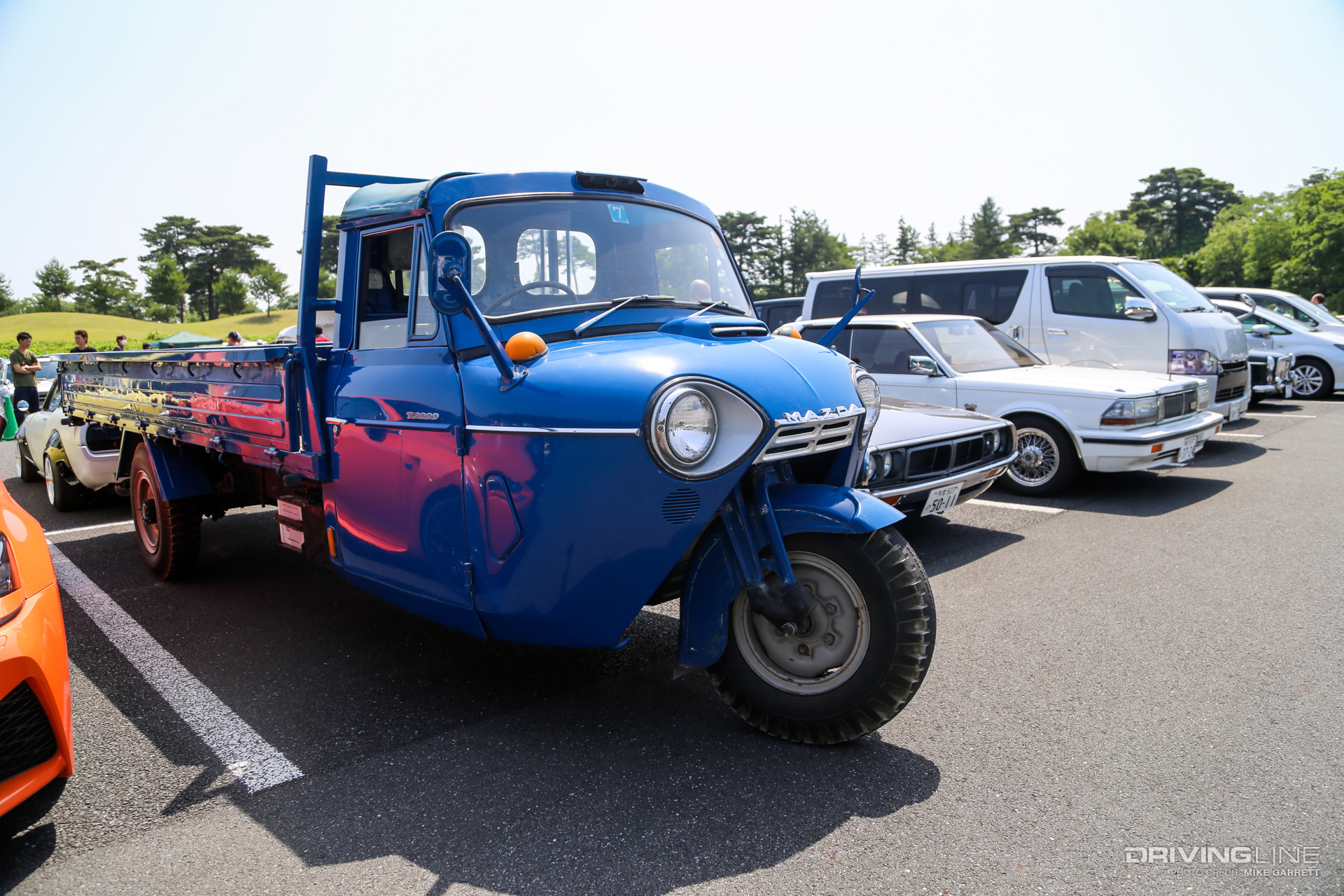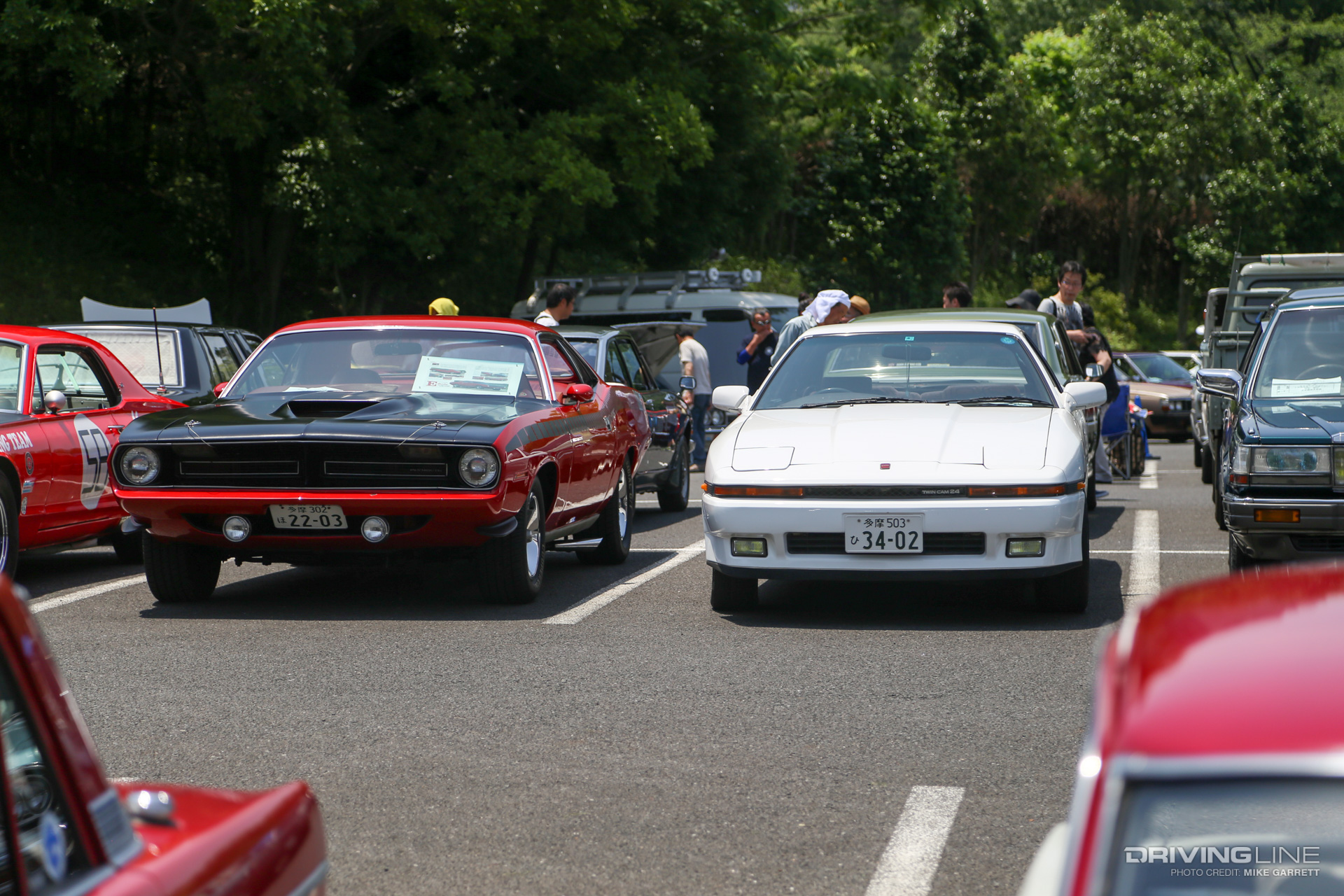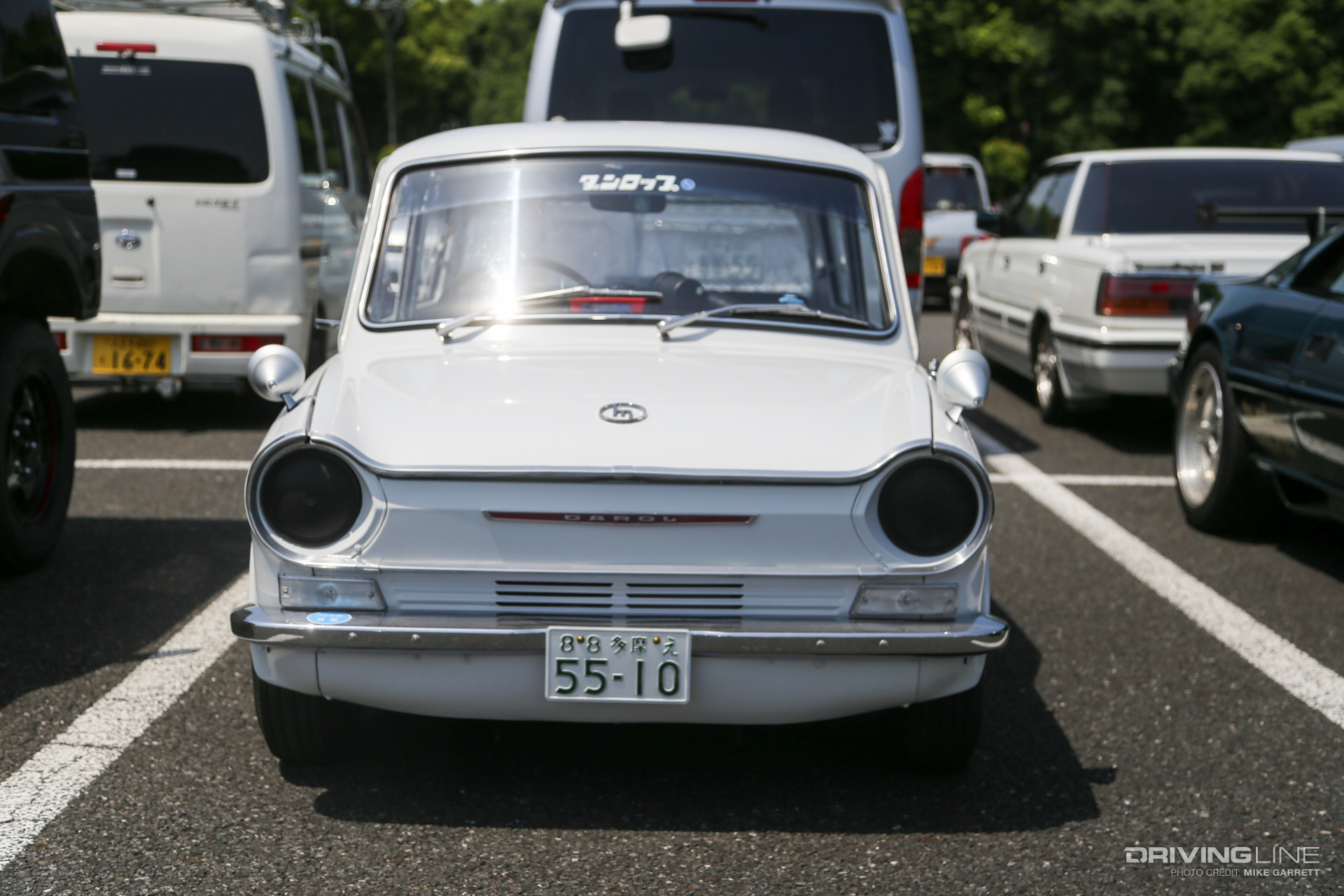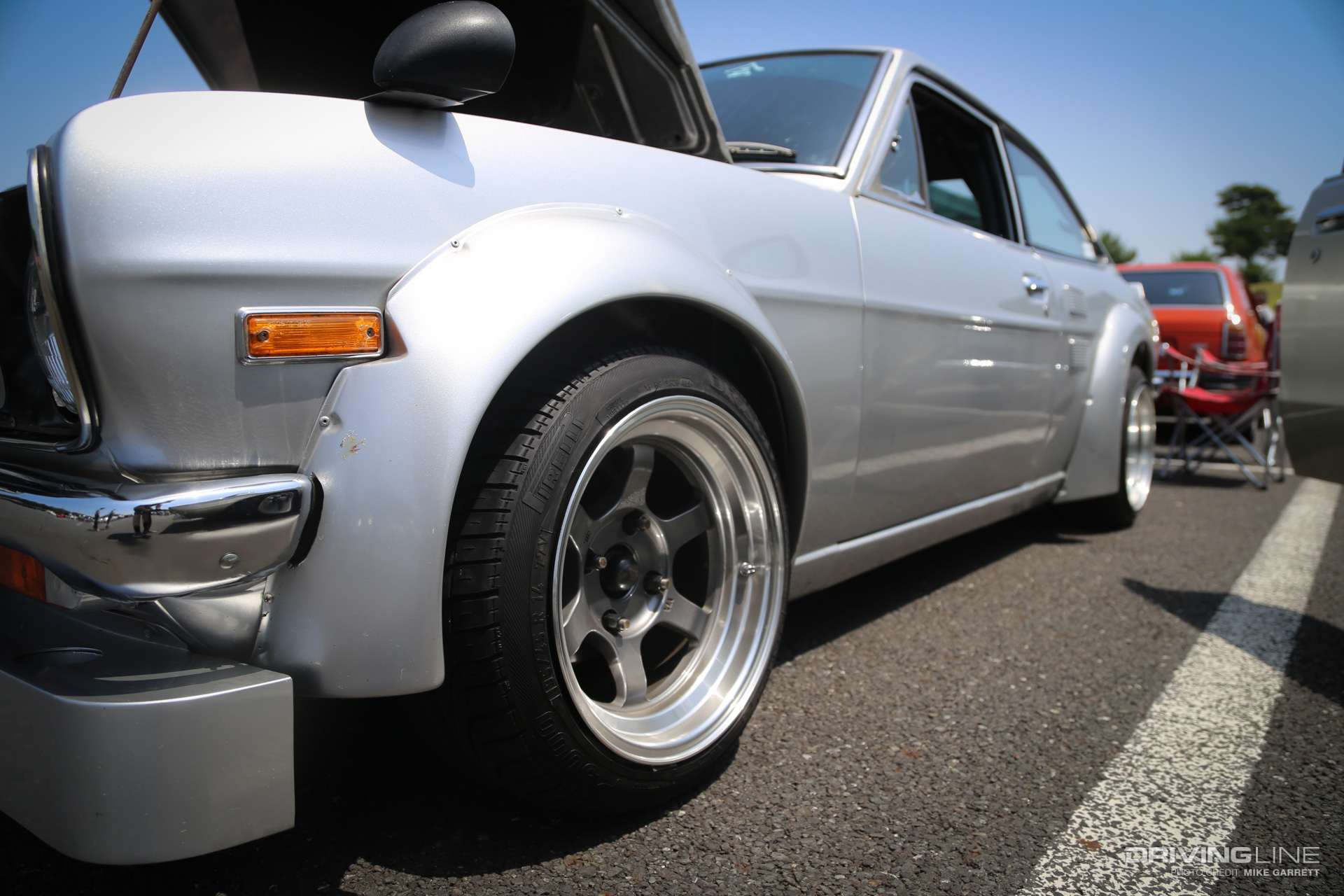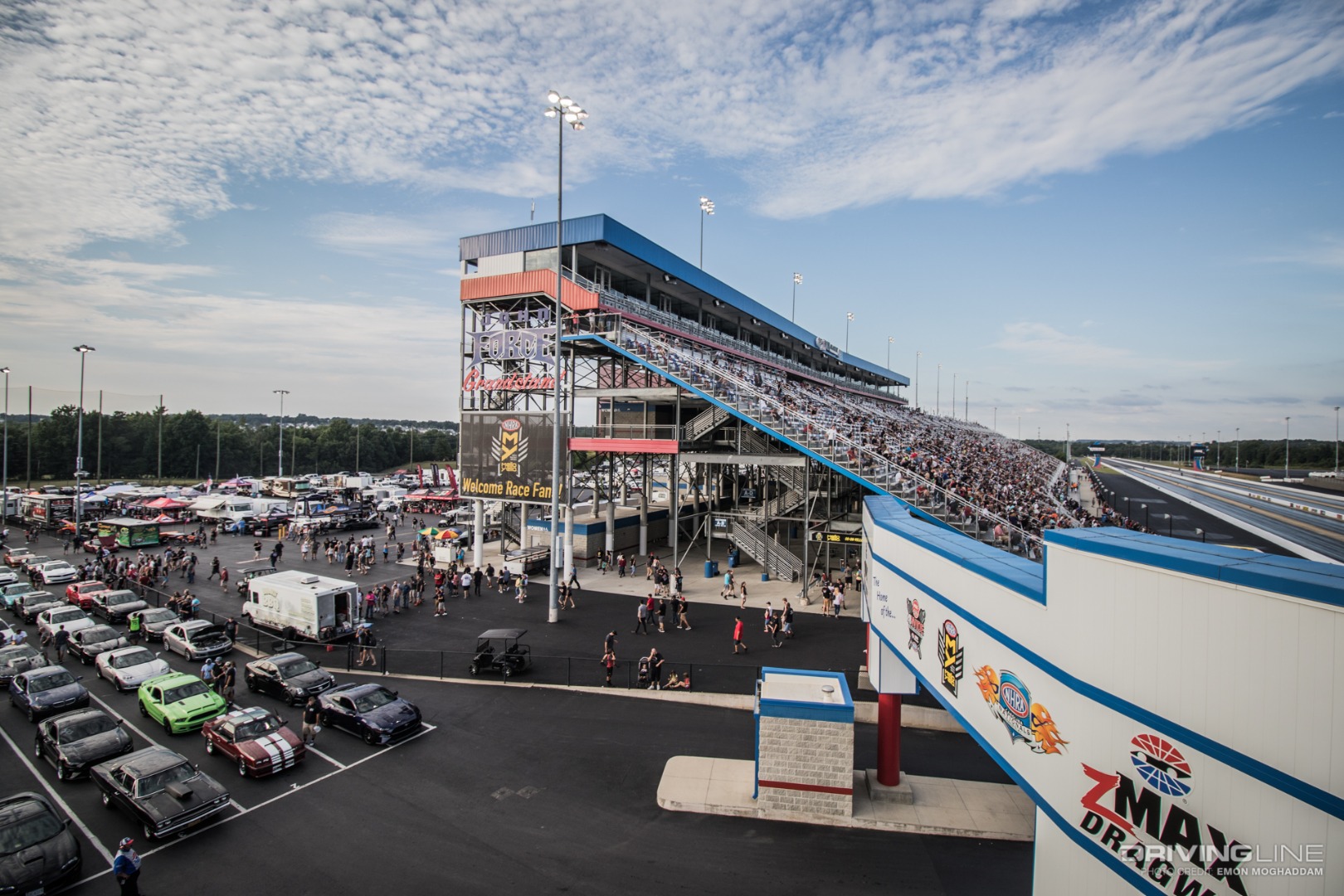Be it through a flawed design, poor-quality components or penny-pinching, every vehicle comes with a list of shortcomings straight from the factory. Some issues surface within a few thousand miles while others don’t show up for years, but no car, truck or SUV is perfect. Nothing could be truer for the diesel pickup segment, where Rams, Bow Ties and Blue Ovals all leave the assembly line with a laundry list of application-specific problems. Luckily, the diesel aftermarket is rich with problem-solving innovators who like to overbuild. Instead of looking to the engineers in Detroit to bail them out, they come up with a permanent fix to a common impediment. From minor quirks to potentially catastrophic issues, the following OEM-born problems have all been met with sound aftermarket solutions.
1. Pump Upgrade Kit (’01-’07 GMs)–Merchant Automotive
The Problem:

The factory New Process Gear NP261XHD and NP263XHD transfer cases offered in four-wheel drive ’01-’07 Chevy and GMC trucks make use of a gear pump within the transfer case, which forces oil to the planetary. Because the pump is driven off of the main shaft, the pump’s housing floats within the rear section of the transfer case by design. To keep the gear pump housing located within the rear section of the transfer case, five indexing tabs are employed. Over time, the indexing tabs on the pump housing begin to rub and eventually wear a hole through the transfer case, allowing fluid to leak out. In the diesel industry this is known as “pump rub” and it’s one of the stealthiest component killers you’ll find. Get this: the hole develops high enough on the transfer case that fluid will only leak when the truck is moving. This means no puddle under the truck, no hint that something might be wrong. No sign whatsoever until it’s too late.
The Solution:

To prevent the pump gear housing from digging into the transfer case, Merchant Automotive machines its own T-6061 billet-aluminum pump gear housing, which makes use of vastly larger indexing tabs. The bigger indexing tabs distribute the load applied to the transfer case much more evenly. To make the installation of the billet pump gear housing as seamless as possible, Merchant includes a tube of RTV silicone, blue threadlock and the transfer-case-to-transmission adapter gasket you need to perform the job. The kit shown in the previous image showcases Merchant’s basic pump upgrade kit (less the fluid pictured), which retails for just $75 and is intended for the proactive truck owner looking to address the pump rub issue before it becomes a major (and fairly expensive) problem. For the truck owner that discovers the pump rub deficiency too late, Merchant also sells a kit that includes a new rear transfer case housing ($499.95).
2. Oil Dipstick Adapter Repair Kit (7.3L Power Stroke)–Strictly Diesel
The Problem:

As 7.3L Power Strokes age, engine oil leaks tend to develop in the pan or at the oil dipstick adapter. Because not all oil pans rust out, the latter scenario is more common. From the factory, the oil dipstick adapter relies on an internal O-ring to seal it to the inside of the pan. Over time, this O-ring expands, swells and sometimes even breaks, allowing oil to escape. What follows is a consistent drip of oil wherever you park the truck, not to mention that the passenger side of the oil pan, starter and even transmission will wear a coat of engine oil until you solve the problem. Due to its design, the adapter can’t be removed without first pulling the oil pan—and the engine has to be removed from the truck in order to pull the pan. At some point, every 7.3L ever produced will experience an oil leak from the dipstick adapter.
The Solution:

Knowing that the immense labor costs involved in pulling the engine and oil pan just to replace a $30 part are hard to swallow for many 7.3L owners, Strictly Diesel came up with the Dipstick Adapter Repair Kit. It can be installed with the oil pan still on the engine and the engine still in the truck. The factory adapter is replaced with a billet-aluminum version, which makes use of a double O-ring seal on the outside of the oil pan (vs. the single O-ring seal on the inside of the factory piece). The billet adapter is secured to the oil pan thanks to a steel brace (which sits inside the oil pan) and two Allen bolts. With the Allen bolts torqued to spec, both O-rings are compressed against the outside wall of the pan for a leak-free seal.
3. Fixed Geometry Turbo Kits (All Makes)
The Problem:

While variable geometry turbochargers provide instant response at virtually any engine speed and can double as exhaust brakes, their moving parts are prone to failure. Due to being present in the exhaust side of the turbo, the vanes, unison rings and/or actuators are constantly exposed to soot, carbon and grime buildup, not to mention rust. All of the above can render the moveable parts required to function inoperable, which leads to poor drivability, excessive smoke and forces the issue of cleaning or replacing the turbocharger. Any VGT-equipped engine is susceptible to this type of failure, but in the diesel pickup realm it’s highly common on ’03-’07 6.0L Power Strokes and ’07.5-newer 6.7L Cummins mills, while still being fairly prevalent on ’04.5-newer Duramax applications.
The Solution:

Long before VGTs came as standard equipment on diesels, fixed geometry turbos were used—and oftentimes they outlasted the life of the engine they were bolted to. This is exactly why handfuls of aftermarket companies sell direct bolt-on kits that replace the factory VGT with a fixed geometry BorgWarner or Garrett turbo. Void of the exhaust-side complexities present in VGTs, the mechanical functionality of a fixed geometry turbo is much simpler and—in most cases—a lot cheaper to overhaul or replace. Although some low-rpm drivability is lost by switching to a fixed geometry unit, the gains in reliability, performance and peace of mind far outweigh the cost of sticking it out with a VGT that could fail at any time.
4. Head Studs (6.0L Power Stroke)–ARP
The Problem:

With just four fasteners employed per cylinder (with sharing), a relatively small bolt diameter and being of a torque-to-yield design, the factory head bolts don’t stand a chance in the 6.0L Power Stroke. Under the excessive cylinder pressure the 6.0L can create, the TTY bolts stretch, a head gasket blows and you find coolant residue on the degas bottle. From there, the ’03-’07 Super Duty’s cab is sent skyward, the heads come off, new gaskets go in and you’re out $3,500 to $4,000—and that’s if you don’t need a fresh cylinder head (or two), due to their notorious cracking issues.
The Solution:

For ultimate clamping force, ARP manufactures head studs made from its proprietary ARP2000 material, and the fasteners have a tensile strength of 200,000 psi. By utilizing a stud rather than a bolt to secure the heads to the block, the stud’s threads are able to fully engage in the block. When ARP’s studs and 12-point nuts are used in conjunction with freshly resurfaced heads and OEM Ford head gaskets, and are torqued in sequence to 210 lb-ft, blowing a head gasket is a non-issue on virtually any 6.0L Power Stroke. Thanks to nearly two million 6.0Ls being produced and a high probability of popping a head gasket whether the engine is left at the stock power level or highly modified, ARP’s 6.0L head studs have been its best selling product for years.
5. Allison Transmission Cooler Lines (’01-’10 GMs)
The Problem:

On essentially every Allison-equipped ’01-’10 GM HD truck, leaks develop at the crimps on the OEM transmission cooler lines. Depending on how often you take a look under your Chevy or GMC HD, the problem can be discovered as soon as the first few drips of ATF hit the ground or after the first sizable red puddle forms under the front skid plate. You’re also more likely to notice the inevitable transmission cooler line leak in cold weather, when the factory rubber hose shrinks and allows fluid to slip past the crimp. Because GM did very little to address the issue, tons of GM owners had their lines replaced under warranty, only to have the same, guaranteed-to-leak OEM lines leak again.
The Solution:

For an end-all fix, aftermarket companies such as Fleece Performance Engineering, Dirty Hooker Diesel, Merchant Automotive and Deviant Race Parts came up with heavy-duty replacement transmission cooler lines or line repair kits. Some kits feature braided stainless steel lines while others include high-quality hydraulic hose, but all are superior to the OEM lines, do away with the leak-prone crimp and have no problem handling the extreme line pressure the Allison transmission requires. Repair kits start as low as $155 and complete replacement line kits retail for $350 to $400.









